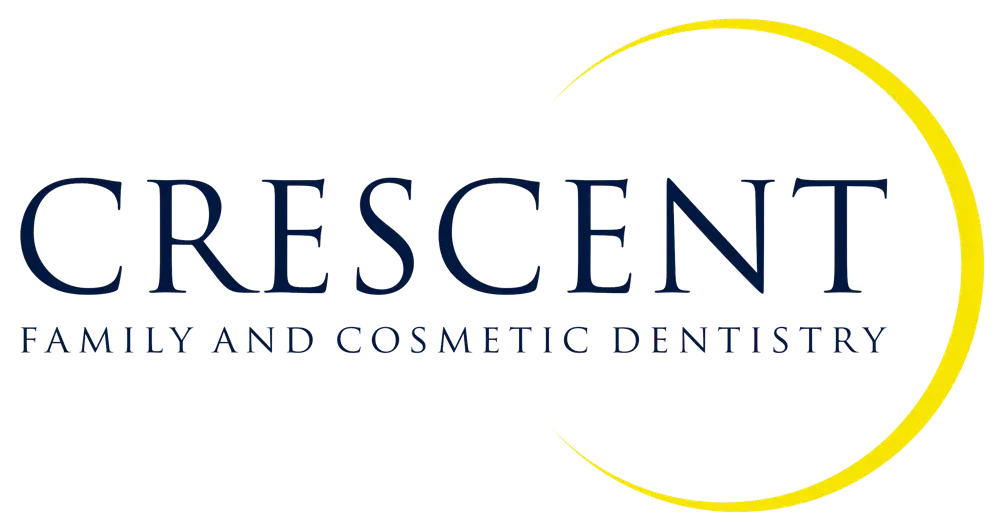Restorative dentistry is all about bringing back the health, function, and beauty of your smile. Whether you’re dealing with a small cavity or missing teeth, treatments like fillings, crowns, bridges, and implants are designed to address a range of dental issues while keeping your teeth strong and healthy.
Thanks to advancements in dental technology, today’s restorative treatments are more effective and natural-looking than ever. Digital dentistry allows for precise, minimally invasive procedures, ensuring you get the best results with maximum comfort. These innovations not only restore your smile but also help prevent future problems, keeping your teeth in great shape for years to come.
Maintaining oral health is easier when you have access to reliable, professional care. If you’re considering restorative dentistry, know that it’s an investment in your overall well-being. Reach out to your dentist to explore options that fit your needs and help you smile confidently again.
Understanding the Need for Restorative Dentistry
The need for restorative dental treatments can arise from various factors, including tooth decay, wear, injury, and gum disease. These conditions can lead to tooth damage or loss, affecting one’s ability to chew, speak, and smile confidently. Restorative dentistry addresses these functional concerns and improves oral health and overall well-being.
Common Restorative Dentistry Procedures
Restorative dentistry focuses on repairing or replacing damaged or missing teeth to restore function, aesthetics, and oral health. Here are some standard therapeutic dentistry procedures:
- Dental Fillings: Dental fillings repair teeth affected by decay or cavities. The decaying tooth is extracted and filled with composite resin amalgam, gold, or porcelain.
- Dental Crowns: Dental crowns, also known as coverings, fully cover a damaged tooth weakened tooth. Crowns can strengthen and protect a tooth undergoing extensive decay, fracture, or root canal treatment. The most common materials used in their production are porcelain, ceramic, metal alloys, or a mixture of these elements.
- Dental Bridges: Dental bridges bridge the space between adjacent teeth to replace missing teeth. Artificial teeth (pontics) make up a bridge of dental crowns or implants placed on either side of the gap to provide support for the tooth. Bridges restore function and aesthetics while preventing neighboring teeth from shifting out of alignment.
- Dental Implants: Dental implants are posts made of titanium that are surgically placed. They are artificial tooth roots and provide solid support for dental crowns, bridges, and dentures. Dental implants are a permanent and lifelike solution for tooth loss, restoring appearance and function.
- Dentures: Dentures are detachable prosthetics that replace several teeth (partial dentures) or an entire arch of missing teeth (complete dentures). Dentures can improve chewing ability, speech, and facial appearance for individuals with significant tooth loss.
- Root Canal Therapy: Root canal therapy saves a tooth that is infected or severely decayed. Remove infected or inflammatory tooth pulp during the treatment, the root canals are cleaned and shaped, and the tooth is sealed with a filling material. A dental crown is often a tooth that has been repaired and placed on top of it in order to restore its strength and protect it from further damage.
- Dental Bonding: Dental bonding repairs chipped teeth with tooth-colored composite resin cracked, or discolored teeth or to close gaps between teeth. Bonding is a conservative and cost-effective therapeutic option that can enhance the smile’s appearance in a single visit.
- Inlays and Onlays: Restorations like inlays and onlays are customized used to repair teeth that are moderately to severely decayed or damaged and cannot be repaired adequately restored with a filling but do not require a full dental crown. Inlays are placed within the tooth’s cusps, while onlays extends over one or more cusps.
- Dental Veneers: While primarily considered a cosmetic procedure, dental veneers can also offer therapeutic benefits by improving the appearance of teeth with minor chips, cracks, or enamel erosion. Veneers are shells made of composite resin or porcelain that are very thin adhered to anterior teeth to improve their size, shape, and color when they are done.
These are common therapeutic dental operations used to repair and replace teeth, improve oral function, and improve smile health and attractiveness. Your dentist can recommend the best treatment for your needs and goals.
Choosing the Right Dental Practice for Restorative Dentistry
Proper dental practice is crucial to achieving the best outcomes in restorative dentistry. Consider the following factors:
- Expertise and Experience: Look for a practice with dentists specializing in restorative dentistry and extensive experience performing the procedures you need.
- Technology and Techniques: Advanced technology and modern techniques can enhance therapeutic treatments’ efficiency, comfort, and results. Inquire about the tools and methods used at the practice.
- Customized Treatment Plans: Choose a dentist who takes the time to understand your unique needs and preferences, offering personalized treatment plans tailored to achieve your goals.
- Patient Comfort and Care: A practice that prioritizes patient comfort and provides a supportive, welcoming environment can make the experience much more positive.
- Before and After Gallery: Viewing before and after if you look at photographs of genuine patients, you can get an impression of the dentist’s skill and the potential outcomes of your treatment.
- Reviews and Testimonials: Patient reviews and testimonials offer a glimpse into the level of care that is being provided and patient satisfaction.
Preparing for Your Treatment
Before undergoing any restorative dentistry procedure, it’s essential to have a thorough consultation with your dentist. This allows you to discuss your concerns, explore treatment options, and understand the steps involved in your care. Be sure to ask about:
- The expected outcomes of the treatment
- The duration and number of visits required
- Care and maintenance of vital work
- Cost and payment options
Financing Restorative Dental Care
Restorative dental treatments vary in cost, depending on the complexity and type of to carry out. Several dental insurance policies pay for at least a portion of the expenses associated with beneficial therapies. Additionally, many practices offer financing options or payment plans to make treatment more accessible. Discuss these options with your dental practice to plan your treatment accordingly.
Maintaining Your Restorative Dental Work
You may extend the life of your restorative dental treatment by providing it with the appropriate care and upkeep. Among these are maintaining proper oral hygiene and going to the dentist on a regular basis for check-ups, and following any specific care instructions provided by your dentist. Avoiding hard and sticky foods, not using your teeth as tools, and wearing protection during sports can also help protect your vital work.
Restorative dentistry offers practical solutions for restoring your teeth’ health, function, and appearance. Regardless of whether you require a straightforward procedure or a more involved one, like dental implants, choosing the proper dental practice is essential for achieving the best results.
Crescent Family and Cosmetic Dentistry provides comprehensive restorative dental services, combining expertise, advanced technology, and personalized care to meet each patient’s unique needs.
By understanding your options and actively participating in your dental care, you can achieve and maintain a healthy, beautiful smile for years. Call us to learn more about our restorative dentistry services!

